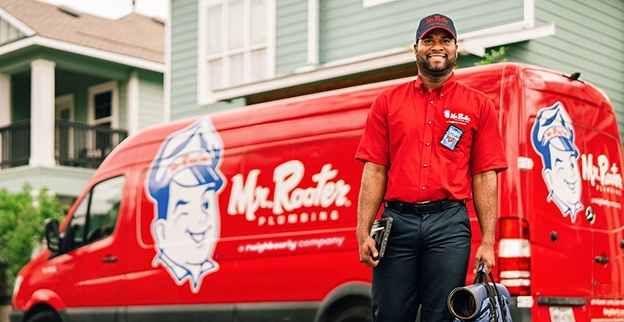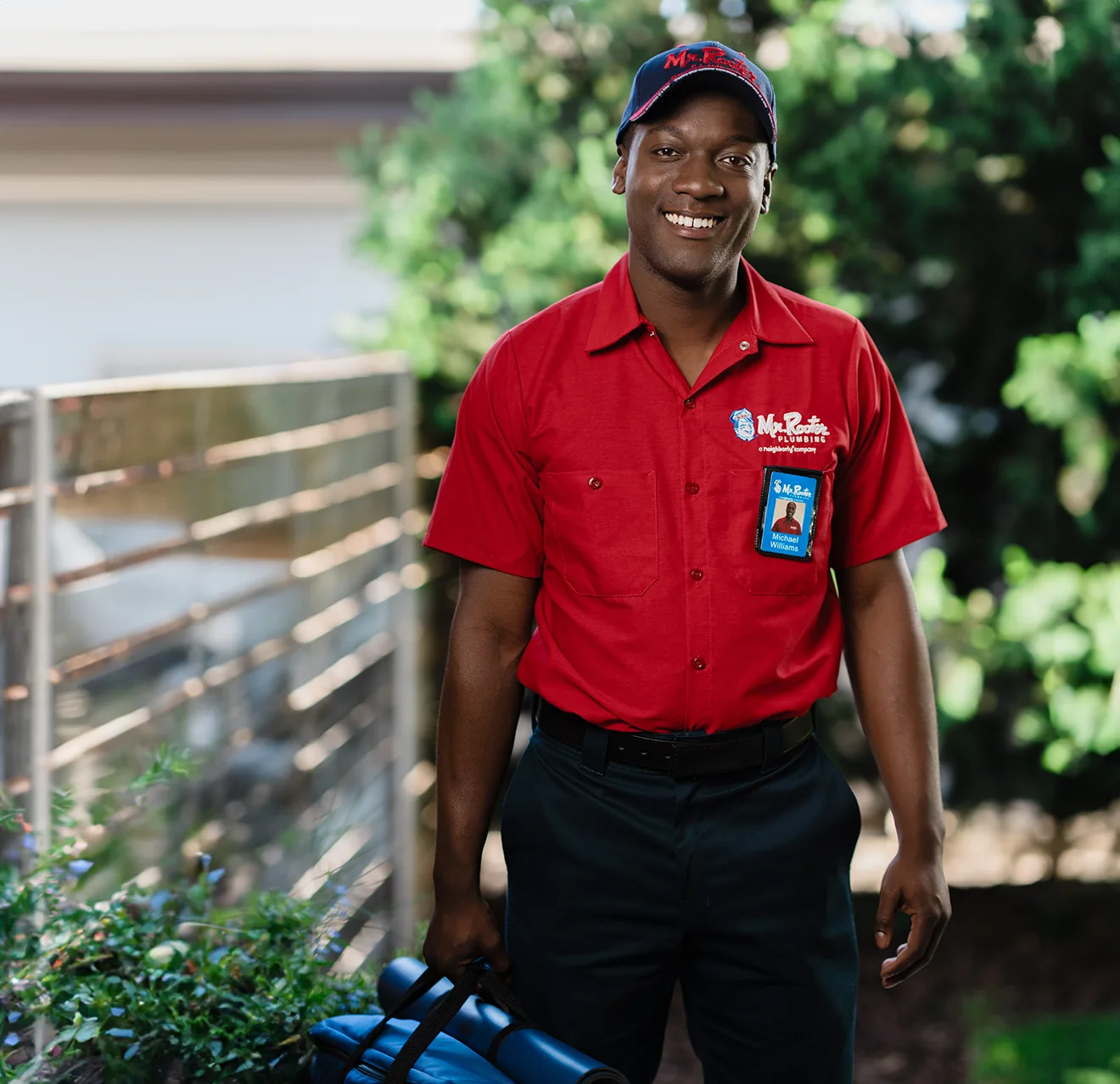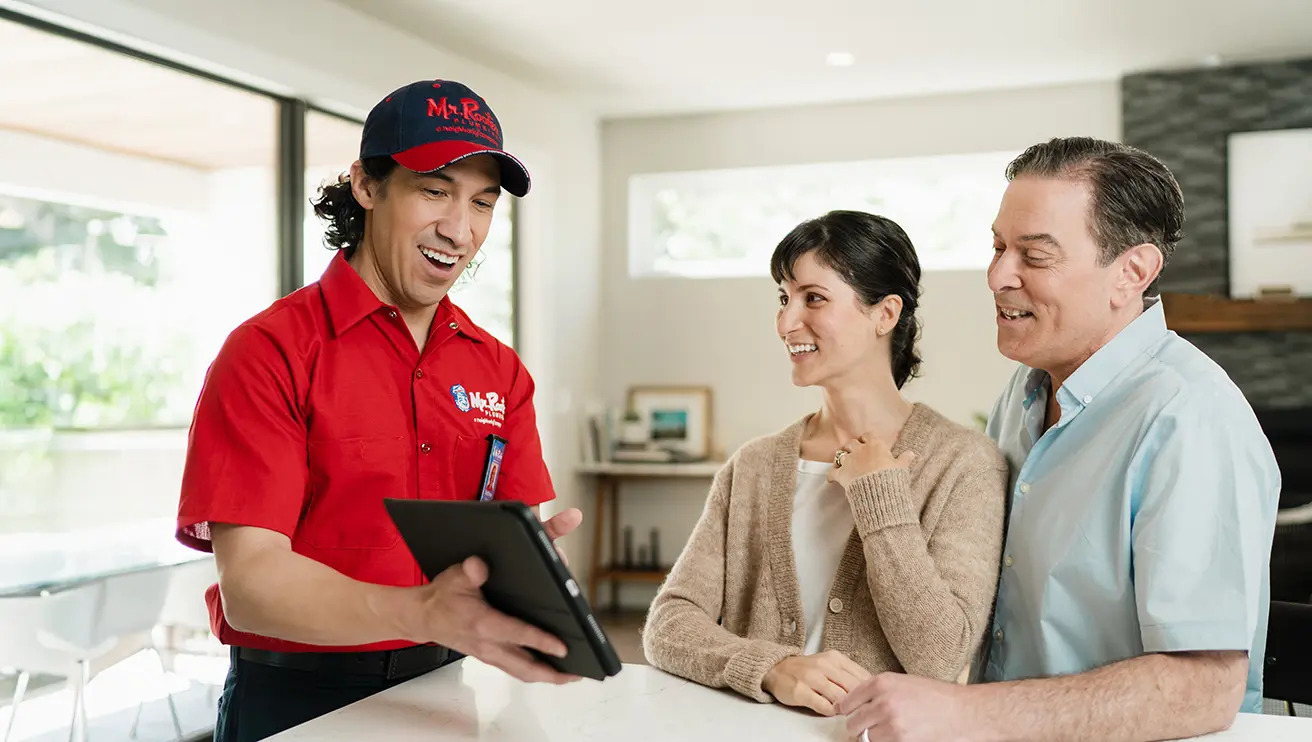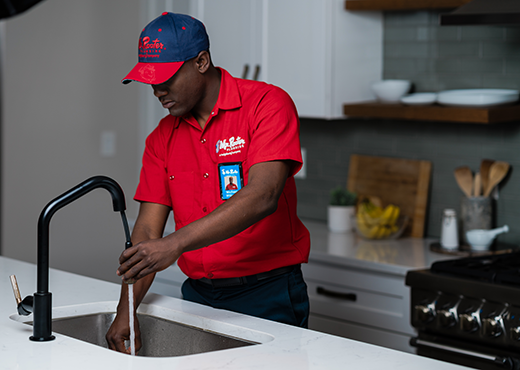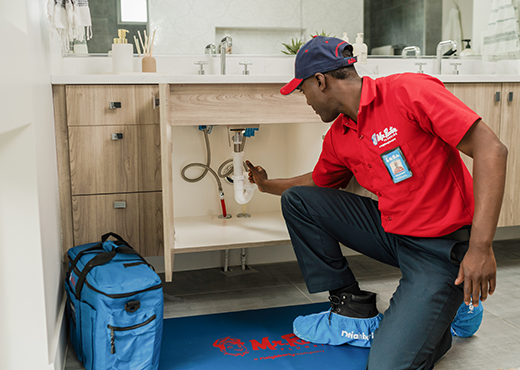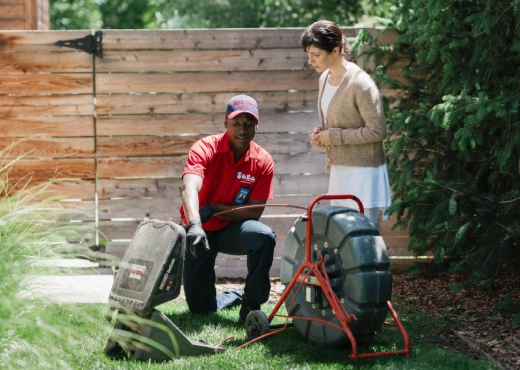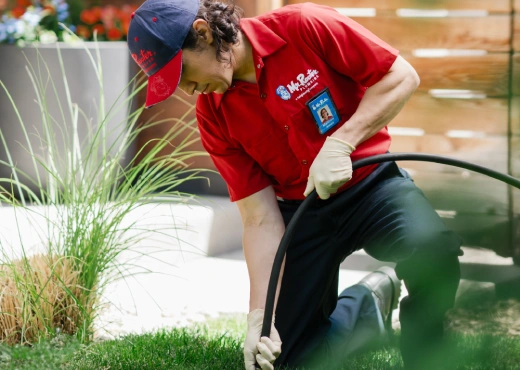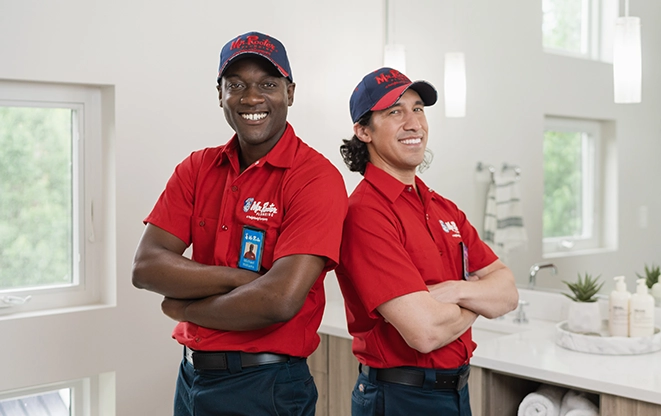We offer repairs on a wide range of Edmonton water softener repair units backed by our quality workmanship guarantee, including:
Reverse Osmosis
The most common filtration system purifies your water via a semipermeable membrane, drastically reducing all contaminants and hard minerals, including calcium and magnesium, which are flushed down the drain, leaving you with a clean freshwater supply for drinking water. For those of you who prefer freshwater of the less salty variety, reverse osmosis is a good choice. The only downside is that most common reverse osmosis units only operate through one faucet.
Sodium Free Softeners
This unit uses potassium instead of sodium, and in doing so, conditions the water by crystallizing the mineral buildup through neutralization. This prevents hard minerals from clinging to your dishes, laundry, skin and plumbing, and any other surface in which hard water can cause a buildup and scale over.
Dual-tank Softeners
This consists of two tanks so that while one is regenerating, the other one takes over as a backup. As a result, you have access to soft water 24/7 as it’s a more efficient unit that uses less salt and energy to filter and has consistent quality. It works all the same as its single-tank counterpart which sieves hard water through a resin bed so that the particles stick and attach to the resin bed only to be replaced by soft sodium ions. If you’re living with multiple family members or for health reasons cannot afford the downtime of experiencing hard water during the regeneration period this is your best option.
Don’t worry if you’re not sure which type of water softener you have. Our expert technicians will be able to determine exactly what you need to get your system up and running with professional Edmonton water softener repairs in Edmonton.
Types of Water Softener Components
Generally speaking, there are three key components within a water softening unit that work in tandem to remove hard minerals from your water supply, manage the flow of liquid, and even clean the system through the regeneration process. Our expert and experienced plumber will initially conduct a thorough assessment of your current system for an Edmonton water softener repair. You can rest assured that your freshwater supply is in safe and trustworthy hands.
Control Valve: This is the gateway that controls the flow of water into and out of the resin tank. After the resin beads have been depleted as calcium and magnesium have reached their maximum capacity to absorb it will automatically trigger the regeneration cycle.
Mineral Tank: At first, your home’s water supply passes through the mineral tank of the softener unit, which contains a bed of negatively charged resin beads. In doing so, this will counteract the hard mineral deposits within the liquid itself, which are positively charged, therefore neutralizing the water supply.
Brine Tank: This is where the actual regeneration process takes place as the brine tank contains a concentrated salt solution that filters out your water supply. As the resin bead reservoirs have been completely used up, the solution will begin to trickle into the mineral tank via the control valve. Due to sodium having a negative charge its overall goal is to replenish the resin beads so that calcium and magnesium ions, which are both positively charged, are once more attracted to them.
By now you can tell this is a detail-oriented process and each component works intricately within the system itself, so an Edmonton water softener repair is not just another plumbing quick-fix that you can do on your own. It requires the manual dexterity and tactic of an expert plumber who will conduct a thorough inspection before completing the Edmonton water softener repair. Clients can even ask about upgrading their current system to a salt-free or magnetic unit to accommodate their healthy lifestyle including dietary preferences or also a dual-tank for their larger family size.
